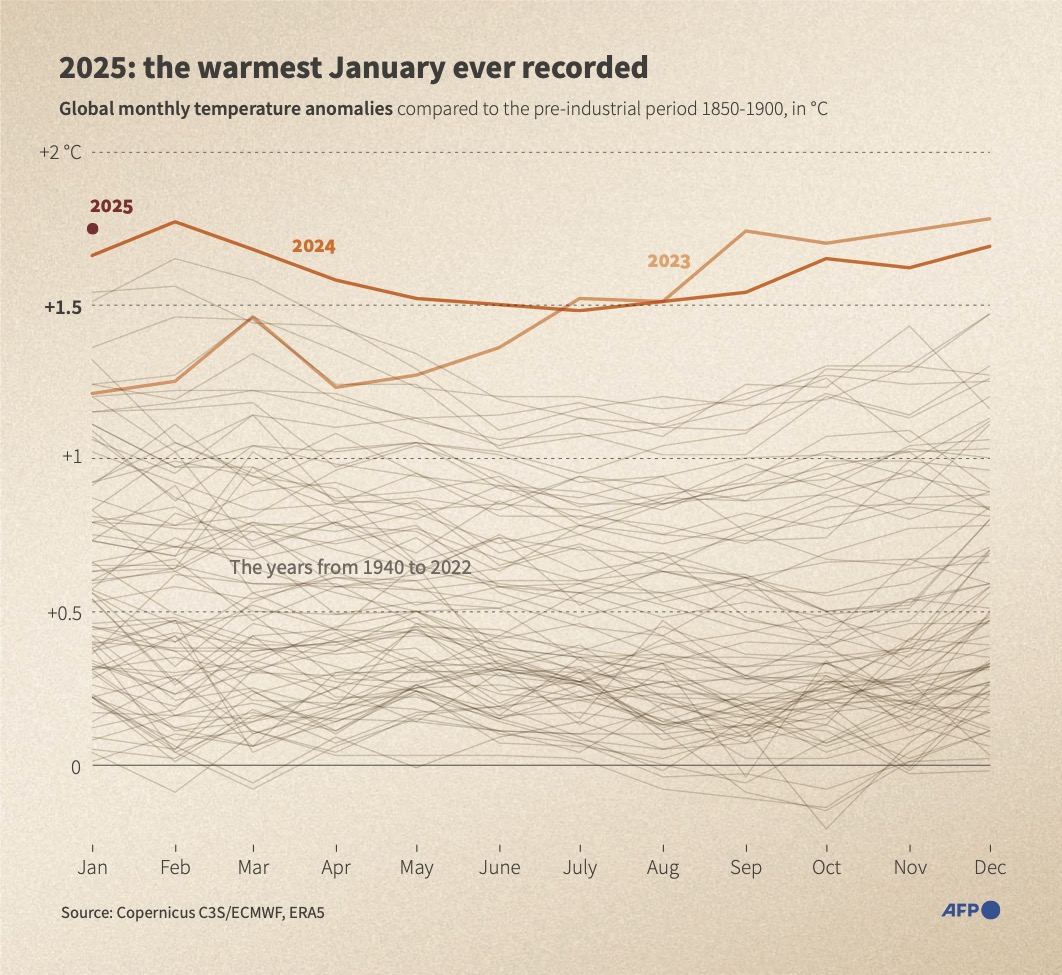KYIV, Ukraine: Ukraine wants to collaborate with partner countries on postwar projects worth billions of dollars not just in mining rare earth elements, but also in energy and construction sectors to help rebuild the country, Ukrainian Foreign Minister Andrii Sybiha said Wednesday.
Sybiha responded to comments by President Donald Trump who said Monday that he wanted to gain access to Ukraine’s valuable rare earth materials as a condition for continuing support for its war against Russia.
Ukrainian officials have said Russia wants to get its hands on Ukraine’s vast natural resources.
Kyiv intends to offer “guarantees of the presence of major businesses in Ukraine and the vested interests of our closest allies — the United States — in developing these (rare earth) deposits and ensuring their protection,” the foreign minister said.
But cooperation should not be limited to rare earth materials, Sybiha said in a news conference alongside visiting UK Foreign Secretary David Lammy.
Ukraine has “huge potential” to become a guarantor of energy security in Europe by buying liquefied natural gas from the United States and storing it in its massive underground tanks for later distribution, he said.
Sybiha also said there was “joint interest” from Ukrainian and American businesses in the postwar reconstruction of Ukraine, estimated to cost more than $400 billion. “This will be one of the largest projects of this century and, accordingly, one of the largest opportunities for our allies.”
Meanwhile, Zelensky said in an interview broadcast Tuesday night that the war has killed 45,100 Ukrainian troops. The fighting also has injured close to 390,000 troops, he told Piers Morgan Uncensored on YouTube.
On Dec. 8, he said Ukraine had lost some 43,000 soldiers on the battlefield and 370,000 wounded.
Russia hasn’t given its number of killed since September 2022, seven months after its all-out invasion.
If the US stops sending vital military aid, that could also jeopardize European support, Zelensky said in the interview. “Without a doubt, we cannot do without this kind of (Western) support,” he said.
Zelensky said Wednesday that the United States must be part of any Western troop deployment to safeguard a peace deal with Russia and shield against another invasion. Sending only European troops would not be enough, he said.
“Because this is not just a matter of numbers, it is about sharing responsibility and ensuring security guarantees. This cannot be done without the United States of America,” he said at a news conference with Lammy.
Ukrainian forces are slowly losing ground, especially in eastern areas, where they are being pushed backward by their bigger foe.
Russia’s Defense Ministry claimed Wednesday that Russian troops had captured the villages of Baranivka in the eastern Donetsk region and Novomlynsk in the northeastern Kharkiv region.
Baranivka’s capture is part of Russia’s effort to envelop Pokrovsk, a key road and rail hub whose loss would compromise a wider area of defense, while the seizure of Novomlynsk is part of Russia’s onslaught toward Kupiansk, another important train junction.
Ukraine keeps hitting the Russian military’s rear areas and supply lines in an effort to disrupt the creeping advance.
Ukraine’s Army General staff claimed Wednesday that Ukrainian forces struck an oil refinery in the Krasnodar region of Russia overnight, setting it on fire.
According to the General Staff, the oil refinery and petroleum product manufacturing plant supplies gasoline and diesel to the Russian army.
The governor of the Krasnodar region, Veniamin Kondratyev, claimed that fragments of a downed Ukrainian drone hit an oil tank at an oil depot in the village of Novominskaya early Wednesday, sparking a fire.
The fire was put out shortly after and there were no injuries, emergency officials said.
Ukraine wants partner countries to join in postwar development worth billions
https://arab.news/66kyn
Ukraine wants partner countries to join in postwar development worth billions

- Ukraine has “huge potential” to become a guarantor of energy security in Europe by buying liquefied natural gas from the United States





















